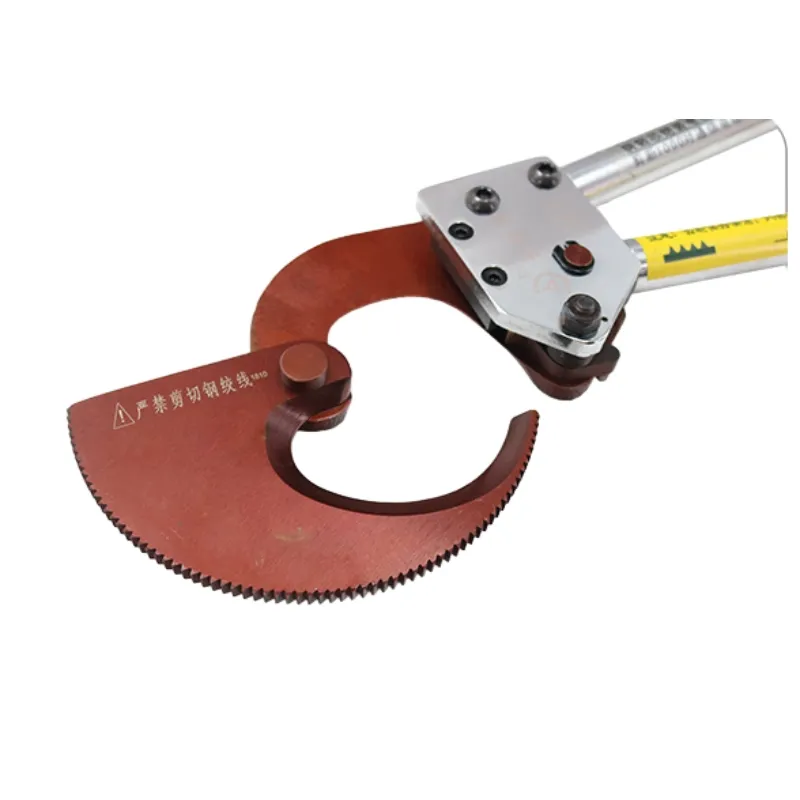
-
 Afrikaans
Afrikaans -
 Albanian
Albanian -
 Amharic
Amharic -
 Arabic
Arabic -
 Armenian
Armenian -
 Azerbaijani
Azerbaijani -
 Basque
Basque -
 Belarusian
Belarusian -
 Bengali
Bengali -
 Bosnian
Bosnian -
 Bulgarian
Bulgarian -
 Catalan
Catalan -
 Cebuano
Cebuano -
 Corsican
Corsican -
 Croatian
Croatian -
 Czech
Czech -
 Danish
Danish -
 Dutch
Dutch -
 English
English -
 Esperanto
Esperanto -
 Estonian
Estonian -
 Finnish
Finnish -
 French
French -
 Frisian
Frisian -
 Galician
Galician -
 Georgian
Georgian -
 German
German -
 Greek
Greek -
 Gujarati
Gujarati -
 Haitian Creole
Haitian Creole -
 hausa
hausa -
 hawaiian
hawaiian -
 Hebrew
Hebrew -
 Hindi
Hindi -
 Miao
Miao -
 Hungarian
Hungarian -
 Icelandic
Icelandic -
 igbo
igbo -
 Indonesian
Indonesian -
 irish
irish -
 Italian
Italian -
 Japanese
Japanese -
 Javanese
Javanese -
 Kannada
Kannada -
 kazakh
kazakh -
 Khmer
Khmer -
 Rwandese
Rwandese -
 Korean
Korean -
 Kurdish
Kurdish -
 Kyrgyz
Kyrgyz -
 Lao
Lao -
 Latin
Latin -
 Latvian
Latvian -
 Lithuanian
Lithuanian -
 Luxembourgish
Luxembourgish -
 Macedonian
Macedonian -
 Malgashi
Malgashi -
 Malay
Malay -
 Malayalam
Malayalam -
 Maltese
Maltese -
 Maori
Maori -
 Marathi
Marathi -
 Mongolian
Mongolian -
 Myanmar
Myanmar -
 Nepali
Nepali -
 Norwegian
Norwegian -
 Norwegian
Norwegian -
 Occitan
Occitan -
 Pashto
Pashto -
 Persian
Persian -
 Polish
Polish -
 Portuguese
Portuguese -
 Punjabi
Punjabi -
 Romanian
Romanian -
 Russian
Russian -
 Samoan
Samoan -
 Scottish Gaelic
Scottish Gaelic -
 Serbian
Serbian -
 Sesotho
Sesotho -
 Shona
Shona -
 Sindhi
Sindhi -
 Sinhala
Sinhala -
 Slovak
Slovak -
 Slovenian
Slovenian -
 Somali
Somali -
 Spanish
Spanish -
 Sundanese
Sundanese -
 Swahili
Swahili -
 Swedish
Swedish -
 Tagalog
Tagalog -
 Tajik
Tajik -
 Tamil
Tamil -
 Tatar
Tatar -
 Telugu
Telugu -
 Thai
Thai -
 Turkish
Turkish -
 Turkmen
Turkmen -
 Ukrainian
Ukrainian -
 Urdu
Urdu -
 Uighur
Uighur -
 Uzbek
Uzbek -
 Vietnamese
Vietnamese -
 Welsh
Welsh -
 Bantu
Bantu -
 Yiddish
Yiddish -
 Yoruba
Yoruba -
 Zulu
Zulu


Nov . 02, 2024 09:05 Back to list
11kv earthing rod
Importance of 11kV Earthing Rods in Electrical Systems
In electrical distribution systems, particularly those operating at voltages like 11kV, ensuring safety and reliability is paramount. One of the critical components in achieving this is the earthing rod, which plays a vital role in grounding electrical systems. This article explores the importance of 11kV earthing rods, their design, installation, maintenance, and the overall impact on electrical safety.
What is an Earthing Rod?
An earthing rod, also known as a grounding rod, is a metal rod that is driven into the earth to provide a direct electrical connection to the ground. This connection stabilizes the system voltage under normal operating conditions and offers a path for fault currents to dissipate safely into the ground, thereby protecting both equipment and personnel from electrical hazards.
Importance in 11kV Systems
At 11kV, the risk of electrical faults, such as short circuits, is higher, necessitating effective grounding solutions. The earthing rod serves several purposes
1. Safety In the event of a fault, the earthing rod ensures that high voltage is directed away from equipment and personnel. This greatly reduces the risk of electric shock and equipment damage.
2. Voltage Stabilization The earthing system helps maintain a stable reference point for the electrical system, preventing voltage fluctuations that could affect sensitive equipment.
11kv earthing rod

3. Lightning Protection Earthing rods also play a crucial role in protecting electrical installations from lightning strikes. By providing a path for lightning-induced surges, they minimize the risk of fire or equipment failure.
Design and Installation
The effectiveness of an earthing rod is influenced by its material, length, and the type of soil in which it is installed. Common materials for earthing rods include copper, galvanized steel, and stainless steel due to their conductivity and resistance to corrosion. Generally, the length of the rod is determined by the soil resistivity; in areas with high resistivity, longer rods or multiple rods connected in parallel may be necessary.
Installation involves driving the rod deep into the ground, ideally below the frost line, to ensure a consistent conductive path. It is crucial to connect the earthing rod properly to the electrical system using appropriate conductors, ensuring that there are no weak points which could lead to system failure.
Maintenance of Earthing Systems
Regular maintenance of earthing rods is essential to ensure their effectiveness. This includes periodic inspections for corrosion, checking connections for integrity, and testing soil resistivity. Any signs of damage or degradation should be addressed immediately to maintain safety and operational reliability.
Conclusion
In conclusion, the role of 11kV earthing rods in electrical systems is critical for ensuring safety and reliability. By providing a stable ground connection, they protect both equipment and personnel from electrical hazards. With proper design, installation, and maintenance, earthing systems can significantly enhance the safety of electrical installations, making them an indispensable component in high-voltage power distribution. Investing in effective earthing solutions not only adheres to safety regulations but also safeguards valuable electrical infrastructure against potential failures.
Latest news
What Are Construction Tools and How Are They Used?
NewsJul.11,2025
Professional-Grade Duct Rodding Tools for Superior Cable Installation
NewsJul.11,2025
Enhancing Safety and Efficiency with Modern Hot Stick Solutions
NewsJul.11,2025
Empowering Cable Installation with Advanced Rodder Solutions
NewsJul.11,2025
Elevate Your Cable Installation Projects with Cable Pulling Tools
NewsJul.11,2025
Efficient Cable Handling Solutions: Cable Rollers for Sale
NewsJul.11,2025











